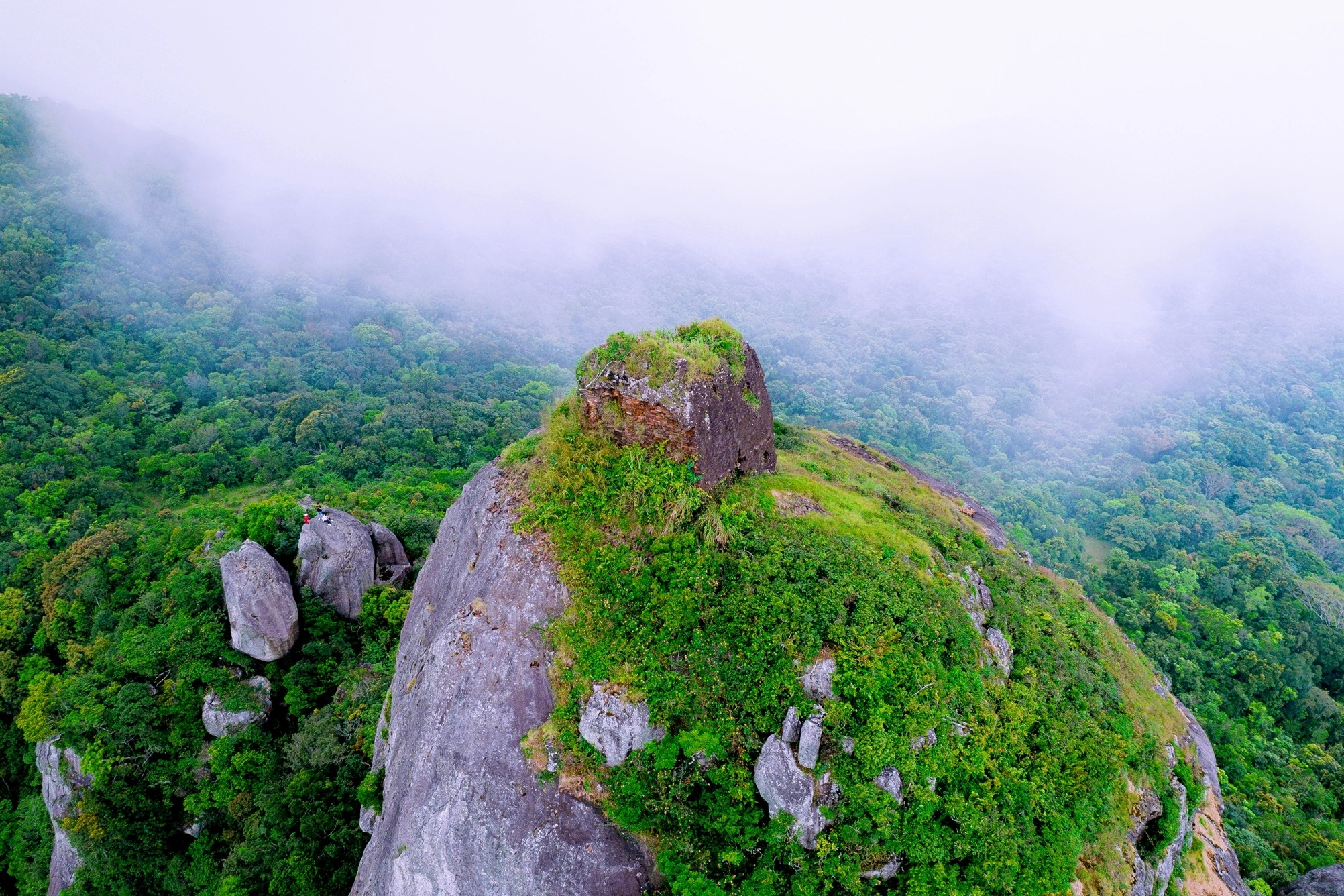
The tower is located on the top of a mountain 700m above sea level.
Hon Chuong Tower in Chanh Danh village, Cat Tai commune, Phu Cat district (Binh Dinh) is located in the Ba mountain national relic base complex, north of Ba mountain range.
Locals call it Hon Chuong because from afar, the top of the mountain has a giant rock jutting out like an upside-down bell. Over the centuries, the tower has seriously degraded, almost becoming a ruin.
The mystery of the ancient tower on the mountain top in Binh Dinh (Video: Binh Dinh Museum).
The Department of Culture and Sports of Binh Dinh province has conducted many surveys to find ways to protect, restore and promote the relic, but so far has not been able to access the tower, only recording through flycam images.
According to locals, it takes nearly 3 hours to walk from the foot of the mountain along the forest path but only reaches the foot of Hon Chuong rock.
Ms. Nguyen Thi Thang (58 years old, Thai Thuan village, Cat Tai commune) said that the road up the mountain is deserted, you have to walk through many steep slopes, if there is no guide you will get lost. Therefore, even the locals do not know about this tower.
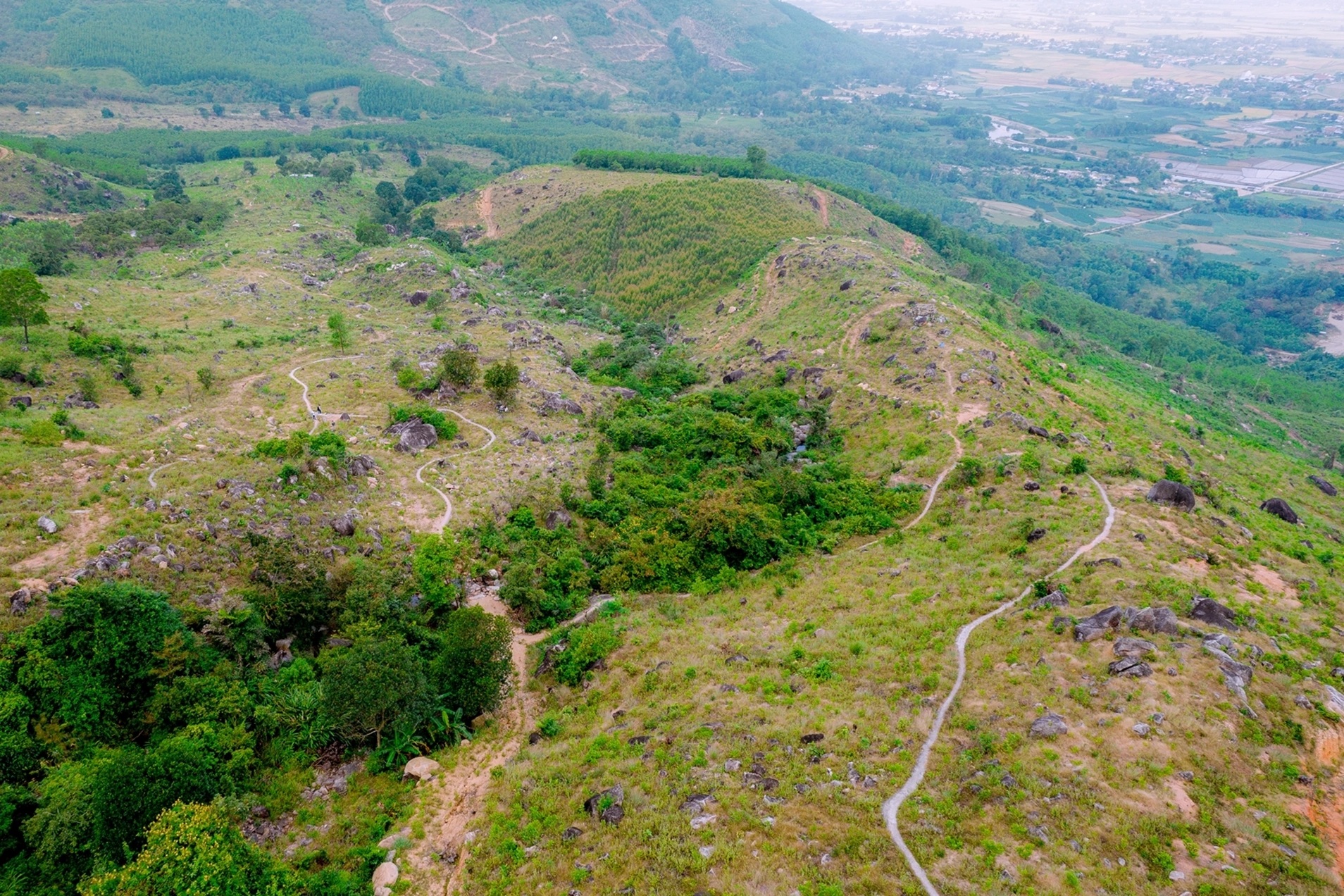 The road to Hon Chuong tower takes about 3 hours on foot with steep mountain terrain (Photo: Binh Dinh Museum).
The road to Hon Chuong tower takes about 3 hours on foot with steep mountain terrain (Photo: Binh Dinh Museum).
In the early 20th century, the French investigated the system of Champa temple relics in Vietnam, but there were no documents mentioning Hon Chuong tower.
In recent years, there have been many research projects on Champa culture, but there is still no specific assessment of the tower located on the top of this remote mountain.
According to Mr. Bui Tinh, Director of Binh Dinh Provincial Museum, in 1993, during a survey in the Ba Mountain area, museum staff discovered an architecture located on a large, towering rock, commonly known as Hon Chuong, which up to now has not been mentioned in any documents.
 Hon Chuong Tower was built on the top of a mountain over 700m high in the Ba mountain range (Photo: Binh Dinh Museum).
Hon Chuong Tower was built on the top of a mountain over 700m high in the Ba mountain range (Photo: Binh Dinh Museum).
The location of the structure is on Hon Chuong, 700m above sea level, with no signs of a path leading up to the tower. Surveying the surrounding area at the foot of the rock, there are many pieces of Champa bricks, leaf-shaped tiles, cow-horn tiles...
Initially determined, this is a tower architecture and added the number of Champa towers in Binh Dinh to 8 clusters with 14 towers.
"At that time, there was no way to access the tower, so we could only take photos from a distance. The image of the tower was very blurry, making it difficult to imagine its shape," said Mr. Tinh.
Revealing the mystery of the ancient tower
According to Mr. Bui Tinh, in 2020, the museum conducted a second investigation, with the support of flycam technology, and Hon Chuong tower appeared with a special architecture. The tower has a square plan, similar to traditional Champa towers.
According to Binh Dinh Provincial Museum, other Champa towers were built with straight walls and a system of clad columns, arches with many decorative motifs, with gradually smaller roofs and tiled roofs, without decorative patterns.
 A working group led by the Department of Culture and Sports of Binh Dinh province during a survey could not find the way up to Hon Chuong tower (Photo: Binh Dinh Museum).
A working group led by the Department of Culture and Sports of Binh Dinh province during a survey could not find the way up to Hon Chuong tower (Photo: Binh Dinh Museum).
Explaining the shape of the tower, an officer from the Binh Dinh Provincial Museum said that it may be because the tower was built on a monolithic rock, so the foundation could not be treated like other Champa towers.
Therefore, the Champa people used the method of gradually building walls, the roof covered with tiles so that the base of the tower did not have to bear too much weight from the bricks above, helping the tower to be sturdy.
Because we have not been able to determine whether there are any worship objects left in the tower, we cannot yet determine the specific function of the tower.
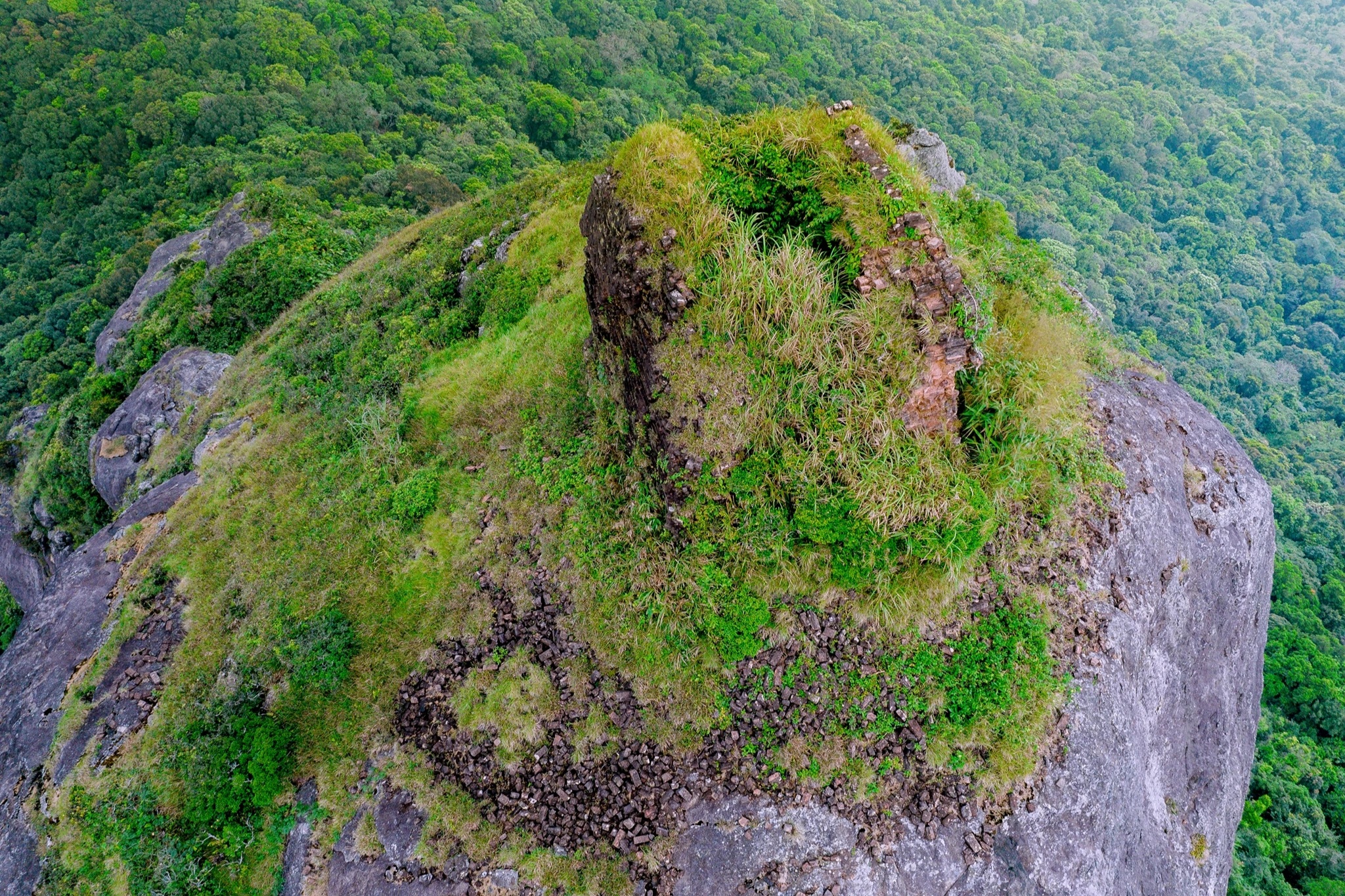 To date, no agency has determined how the ancients brought the mass of bricks and packages to the top of the mountain to build Hon Chuong tower (Photo: Binh Dinh Museum).
To date, no agency has determined how the ancients brought the mass of bricks and packages to the top of the mountain to build Hon Chuong tower (Photo: Binh Dinh Museum).
Dr. Le Dinh Phung, member of the Vietnam Archaeological Association, said that although he has not directly surveyed the tower, based on the images provided by the Binh Dinh Provincial Museum, based on three factors of architecture, materials and construction techniques, it is the tower architecture of the ancient Champa people, likely built in the 14th century.
Regarding the tower being built on the top of the mountain, Dr. Le Dinh Phung stated his opinion: "This is a tower of a religion to affirm the position of the capital at that time. In my opinion, this tower worships gods but in vain, because the location of the tower is not a place to perform ceremonies."
Explaining how the ancients used to transport materials to the top of high mountains, Dr. Le Dinh Phung said: "We have to go to the field to survey, we cannot sit in one place and speculate. In principle, we have to study the application of science and technology of that era, we can use pulleys or carry by hand. We need to find the way up to the tower, the technique of bringing it up at that time... to find the answer."
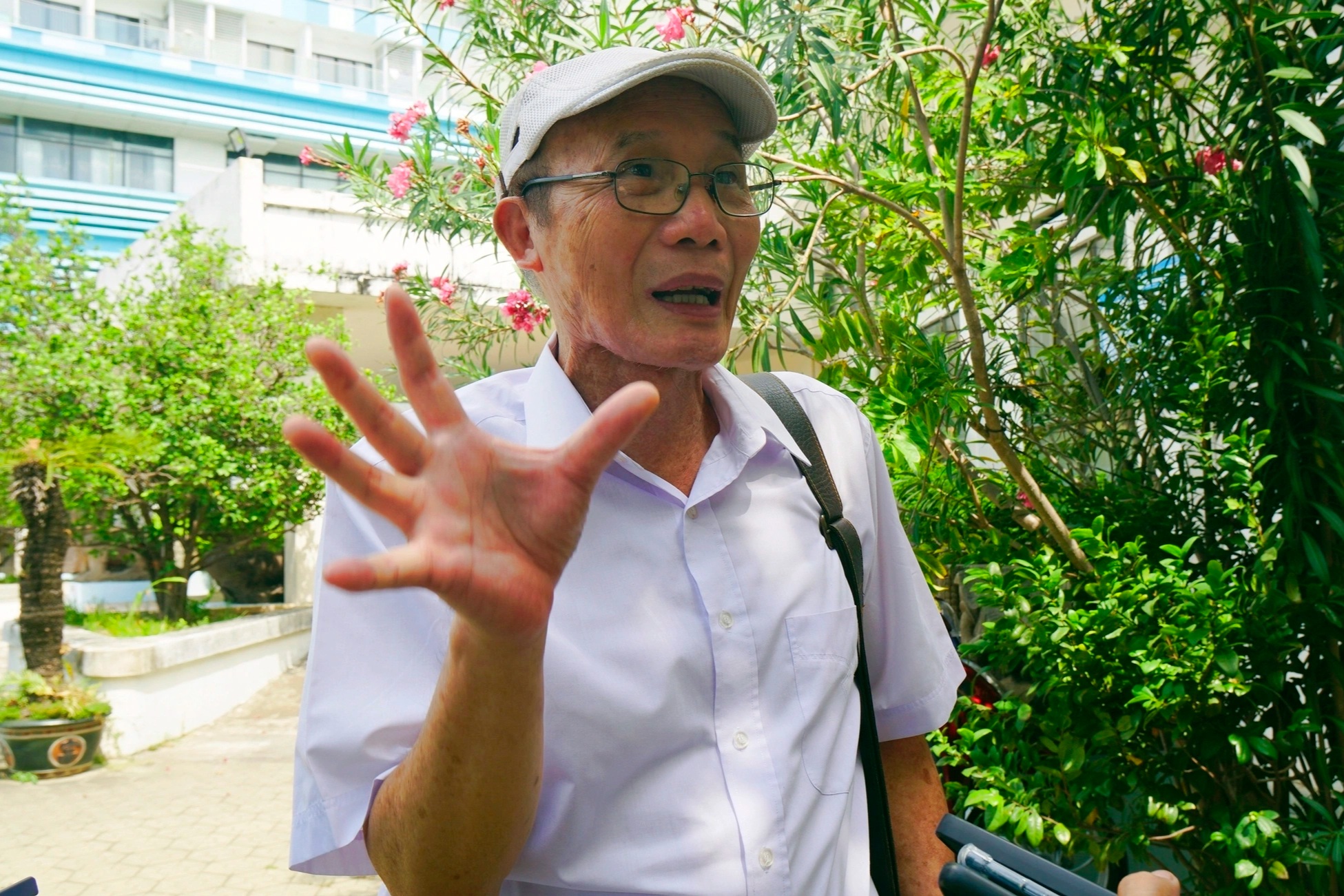 Dr. Le Dinh Phung, member of the Vietnam Archaeological Association, talks with Dan Tri reporter (Photo: Doan Cong).
Dr. Le Dinh Phung, member of the Vietnam Archaeological Association, talks with Dan Tri reporter (Photo: Doan Cong).
According to Mr. Do Xuan Thang, Vice Chairman of Phu Cat District People's Committee, Binh Dinh Province, recently there have been a number of delegations coming to survey and research but there has not been a full assessment of the current status as well as specific information about the tower.
"Hon Chuong Tower has great value but the way up is difficult. If we invest in a cable car, it will be too big, and walking is not feasible. We hope that the provincial leaders as well as ministries and branches will guide the locality to have measures to protect, restore and promote this tower relic," said Mr. Thang.
According to the leader of the Department of Culture and Sports of Binh Dinh province, in the plan to supplement medium-term funding for the period 2021-2025, priority is given to renovating towers such as: Phu Loc, Binh Lam, Thap Doi, Hon Chuong.
Dantri.com.vn



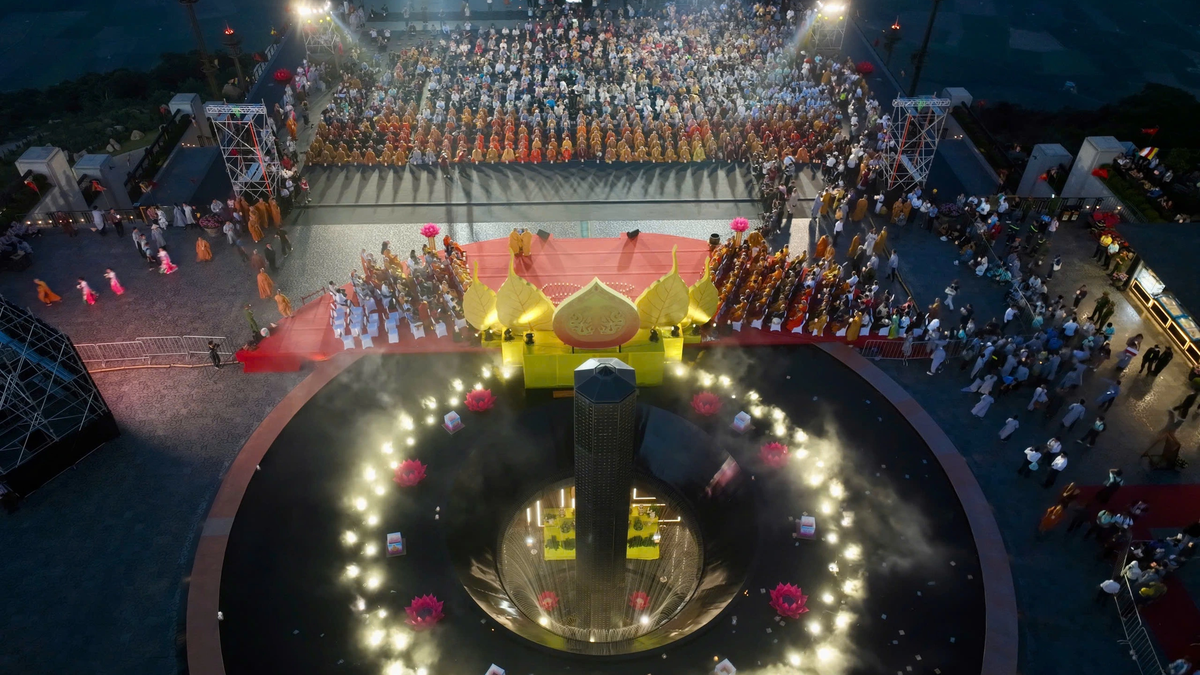

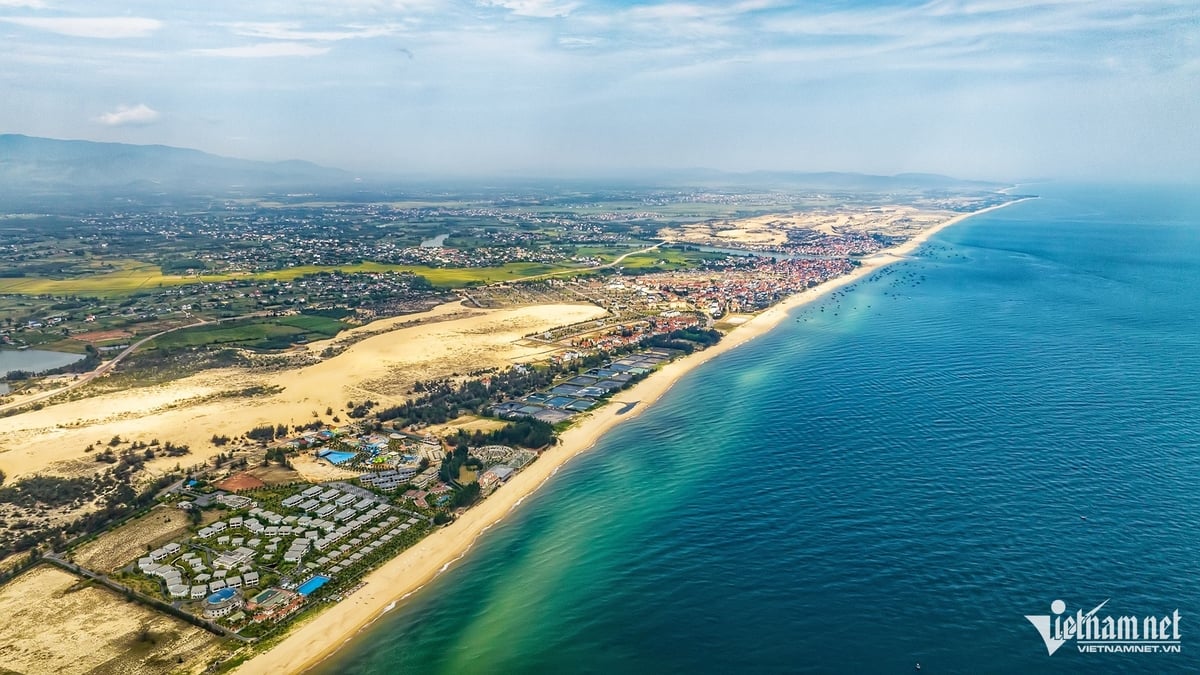

![[Photo] Prime Minister Pham Minh Chinh chairs Government Standing Committee meeting on Gia Binh airport project](https://vphoto.vietnam.vn/thumb/1200x675/vietnam/resource/IMAGE/2025/5/10/6d3bef55258d417b9bca53fbefd4aeee)





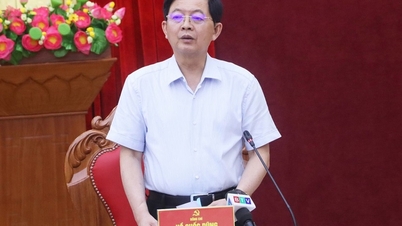









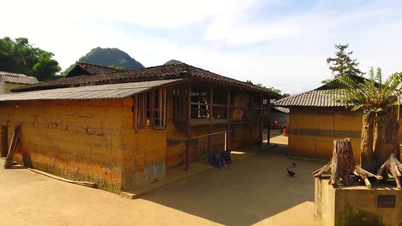











![[Photo] General Secretary To Lam holds a brief meeting with Russian President Vladimir Putin](https://vphoto.vietnam.vn/thumb/1200x675/vietnam/resource/IMAGE/2025/5/10/bfaa3ffbc920467893367c80b68984c6)




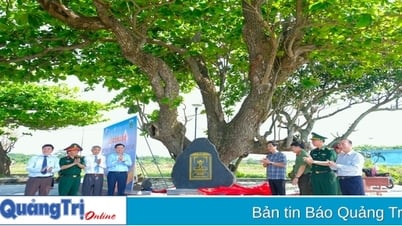

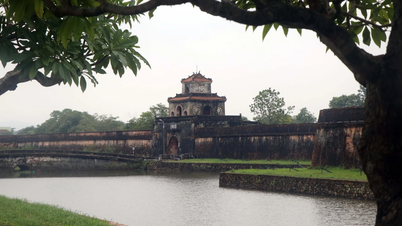

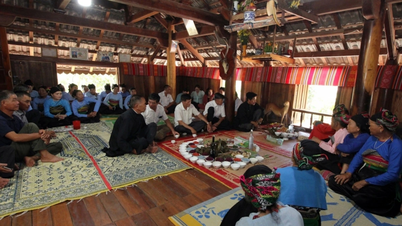




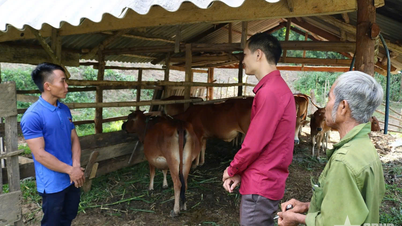












































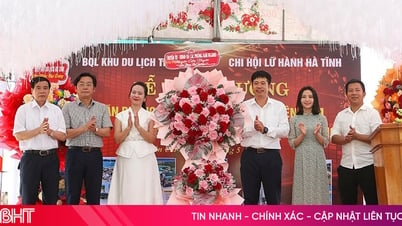







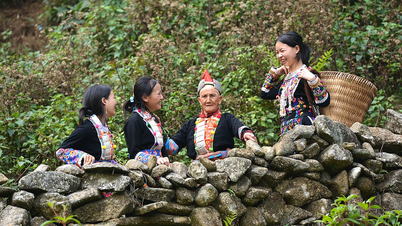
Comment (0)